What is this plant? It is my top priority this summer.
janepa
14 years ago
Related Stories

NATIVE PLANTSPlant These Fall-Flowering Natives in Early Summer for Pollinator Love
These 3 groups of plants will support masses of beneficial insects come autumn
Full Story
GARDENING GUIDES9 Clay-Busting Native Flowers for Summer Sun
These plants survive and even thrive in tough clay soil east of the Rocky Mountains
Full Story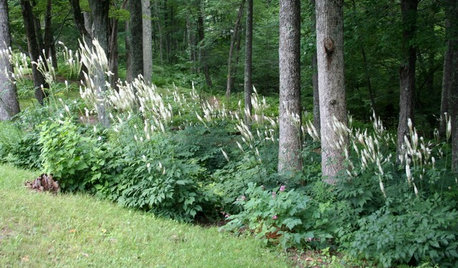
GARDENING GUIDESGreat Design Plant: Actaea Racemosa
Elegant flowers top black cohosh in summer woodland gardens
Full Story
GARDENING GUIDESTop 12 Summer-Blooming Perennials for Deer-Resistant Drama
Can you have garden color, fragrance and exciting foliage with hungry deer afoot? These beauties say yes
Full Story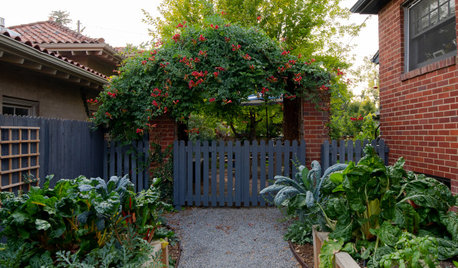
GARDENING GUIDES12 Edibles Perfect to Plant in Late Summer
Keep those homegrown vegetables and greens coming well into fall
Full Story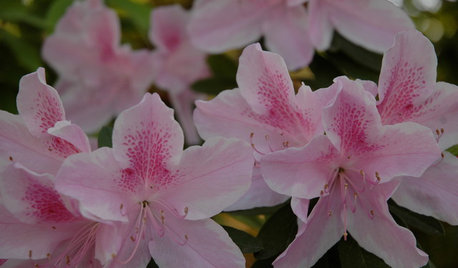
GARDENING GUIDESTexas Gardener's November Checklist
Planting and protecting are top priorities in the garden this month, so master the mulch and get those trees and shrubs in the ground
Full Story0

GARDENING GUIDES10 Top California Native Plants, Trees and Grasses
Enjoy a fuss-free, water-wise garden in the Golden State by growing plants naturally in tune with the climate and wildlife
Full Story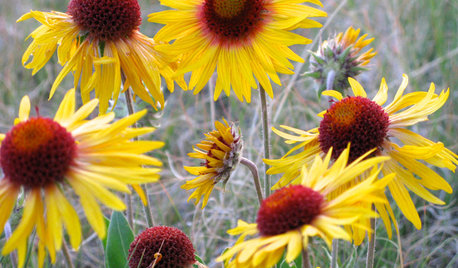
NATIVE PLANTS10 Top Native Plants for the Rocky Mountain Region
Give your landscape a sense of place, and attract pollinators and songbirds, with these native plants
Full Story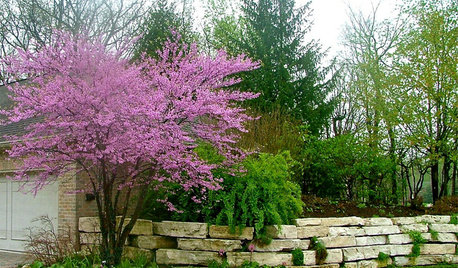
GARDENING GUIDES10 Top Mid-Atlantic Native Plants
Enjoy a four-season garden in the mid-Atlantic region with plants that will stand up to weather shifts, clay soil and the occasional deer
Full Story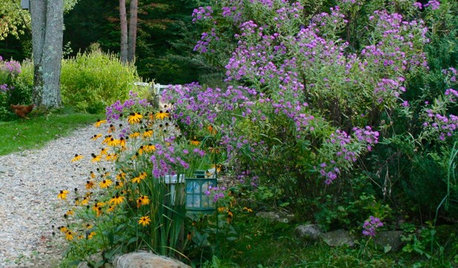
GARDENING GUIDESTop 10 Native Plants for the Northeast
For a low-maintenance, wildlife-friendly landscape, use native plants adapted to the climate and range of soils in the Northeast
Full StoryMore Discussions






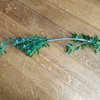

hunt4carl
aftermidnight Zone7b B.C. Canada
Related Professionals
Foothill Ranch Landscape Architects & Landscape Designers · Havre de Grace Landscape Architects & Landscape Designers · Brentwood Landscape Contractors · Belvedere Park Landscape Contractors · Bergenfield Landscape Contractors · Berkley Landscape Contractors · Broadlands Landscape Contractors · Cincinnati Landscape Contractors · Edinburg Landscape Contractors · Gresham Landscape Contractors · La Mirada Landscape Contractors · New Cassel Landscape Contractors · Ringwood Landscape Contractors · Twin Falls Landscape Contractors · Quartz Hill Landscape Contractorsgarry_z7a_md
aliska12000
aliska12000
garry_z7a_md
laceyvail 6A, WV
janepaOriginal Author
gardengal48 (PNW Z8/9)
mxk3 z5b_MI
john_4b
terrene
aftermidnight Zone7b B.C. Canada
bean_counter_z4
aliska12000
morz8 - Washington Coast
linlily
janepaOriginal Author
garry_z7a_md
ontnative
aliska12000